By Christopher Miskimon
Benito Mussolini dreamed of a new Roman Empire centered around the modern nation of Italy. “The Mediterranean will be turned into an Italian lake,” he said. Toward that end, he declared war on the United Kingdom in 1940. Skirmishes between the two nations began almost immediately along the border between Italian-occupied Libya and the British in Egypt. Initially, neither side could mount a major offensive, but since most of the border was protected by nothing more than a four-strand barbed wire fence, raids were easy to conduct. British General Richard O’Connor immediately ordered such attacks to begin. The British used mobile columns with armored cars and light tanks to quickly cross the frontier and strike isolated outposts.
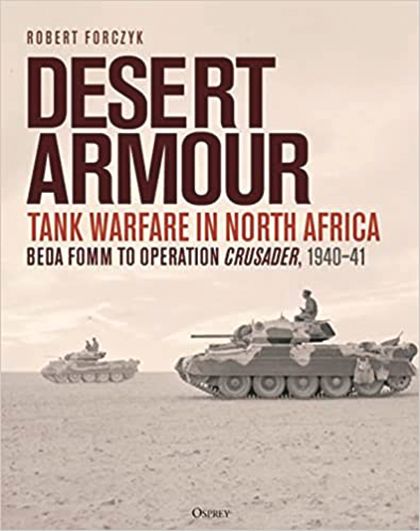 British success helped force the Italians to act. Under pressure from Mussolini, Italian Marshall Graziano and General Gariboldi invaded Egypt with a large, but poorly mechanized army in September 1940. This force did include four tank battalions. Graziano moved cautiously, afraid of getting overextended before reinforcements could arrive. Facing only light resistance, the Italians soon reached Maktila, west of Sidi Barrani. There, they dug in, forming a string of fortified camps.
British success helped force the Italians to act. Under pressure from Mussolini, Italian Marshall Graziano and General Gariboldi invaded Egypt with a large, but poorly mechanized army in September 1940. This force did include four tank battalions. Graziano moved cautiously, afraid of getting overextended before reinforcements could arrive. Facing only light resistance, the Italians soon reached Maktila, west of Sidi Barrani. There, they dug in, forming a string of fortified camps.
The British slowly reinforced, including 50 Matilda II tanks mounting a small 2-pounder gun but so heavily armored they were all but immune to Italian anti-tank weapons. Slowly O’Connor formed a plan to attack the Italian camps. The British selected the camp at Nibeiwa for their first target. It was well protected, but aerial reconnaissance had detected gaps in the minefields on the northwestern side. The British moved a force of two divisions—7th Armoured and 4th Indian—around the Italians to the west of their camps.
The attack began in the early morning hours of December 9; while the Italians had prepared defenses, they were still taken by surprise. British artillery had kept the Italians awake all night with diversionary bombardments. Now more artillery struck the camp, beginning at 7:15 a.m. Twenty minutes later British tanks and infantry moved in, including 32 Matildas. As they approached the northwest entrance to the camp, the British shot up several Italian M11/39 tanks which sat unoccupied outside the gate. Cannon fire pounded the Italian tanks while British tank crews used machine guns against the Italian tanks crews who tried to get to their tanks.
Six Matildas entered the camp and engaged Italian artillery and anti-tank guns. Italian infantry attempted grenade attacks on the British but failed completely. The Italian guns could not penetrate the Matilda’s frontal armor, although all the British tanks suffered damage to their exteriors from the Italian fire. The Italian guns were methodically knocked out. More tanks and two battalions of British infantry arrived at the camp, and Italian resistance began to falter although it took two more hours before it ceased. After Nibeiwa fell, the British moved on to the other camps, which soon fell, although the defenders did exact a toll in vehicles and men.
The fighting along the Egyptian frontier was just the beginning of years of combat in which the tank played a major role. Capable of wide-ranging maneuver in the desert, tanks proved decisive in many battles, and the combatants expended much effort in keeping their tanks in service or quickly replaced when lost. The story of armor in the desert is revealed in Desert Armour: Tank Warfare in North Africa, Beda Fomm to Operation Crusader, 1940-41 (Robert Forczyk, Osprey Books, Oxford, UK, 2023, 336 pp., maps photographs, appendices, bibliography, index, $45, hardcover).
The author provides expert analysis of the various factors affecting armored warfare in the African desert. The book examines tank and doctrinal development before the war and how it evolved after hostilities began. The book also reveals how the combatants organized their various tank units and how they fared in actual combat. The narrative is focused on the tactical and operational levels of the war, showing how tank crews used their vehicles. The book is well illustrated with period photographs and plenty of the artwork this publisher is renowned for. There are many vignettes of small unit actions, giving the reader a view of the fighting from the turret hatch. A series of appendices provides additional information on tank details and deliveries to North Africa.
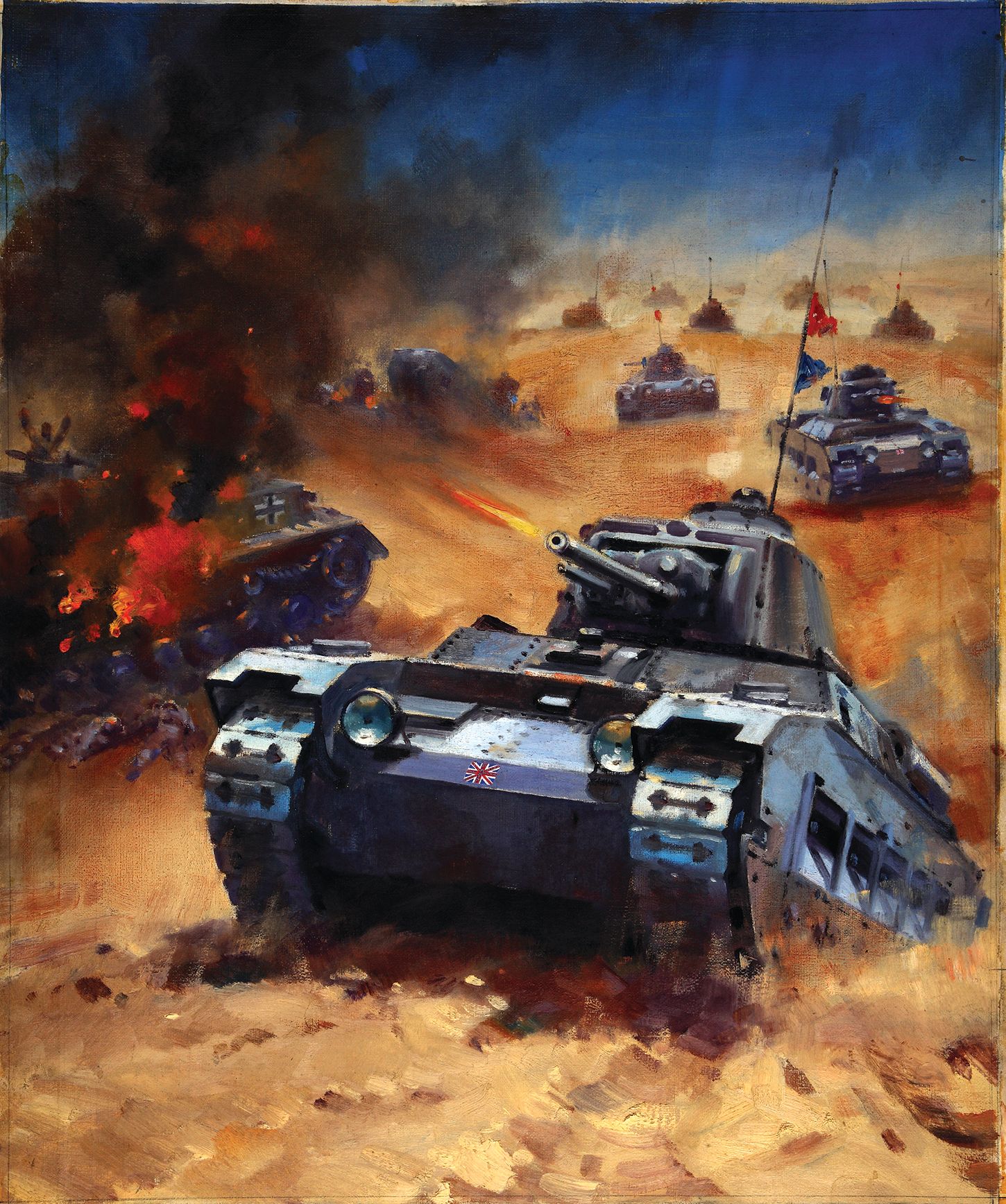
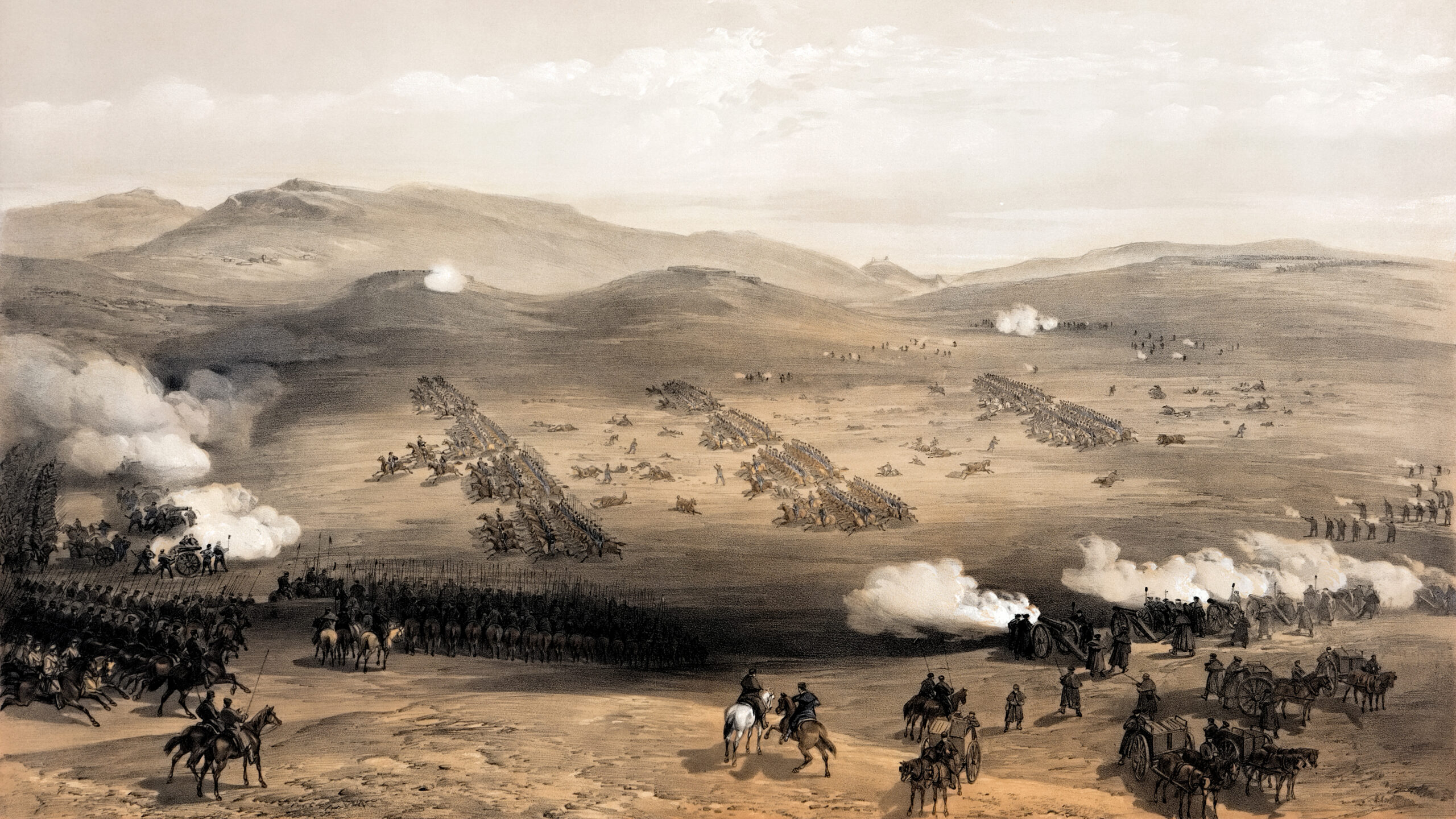
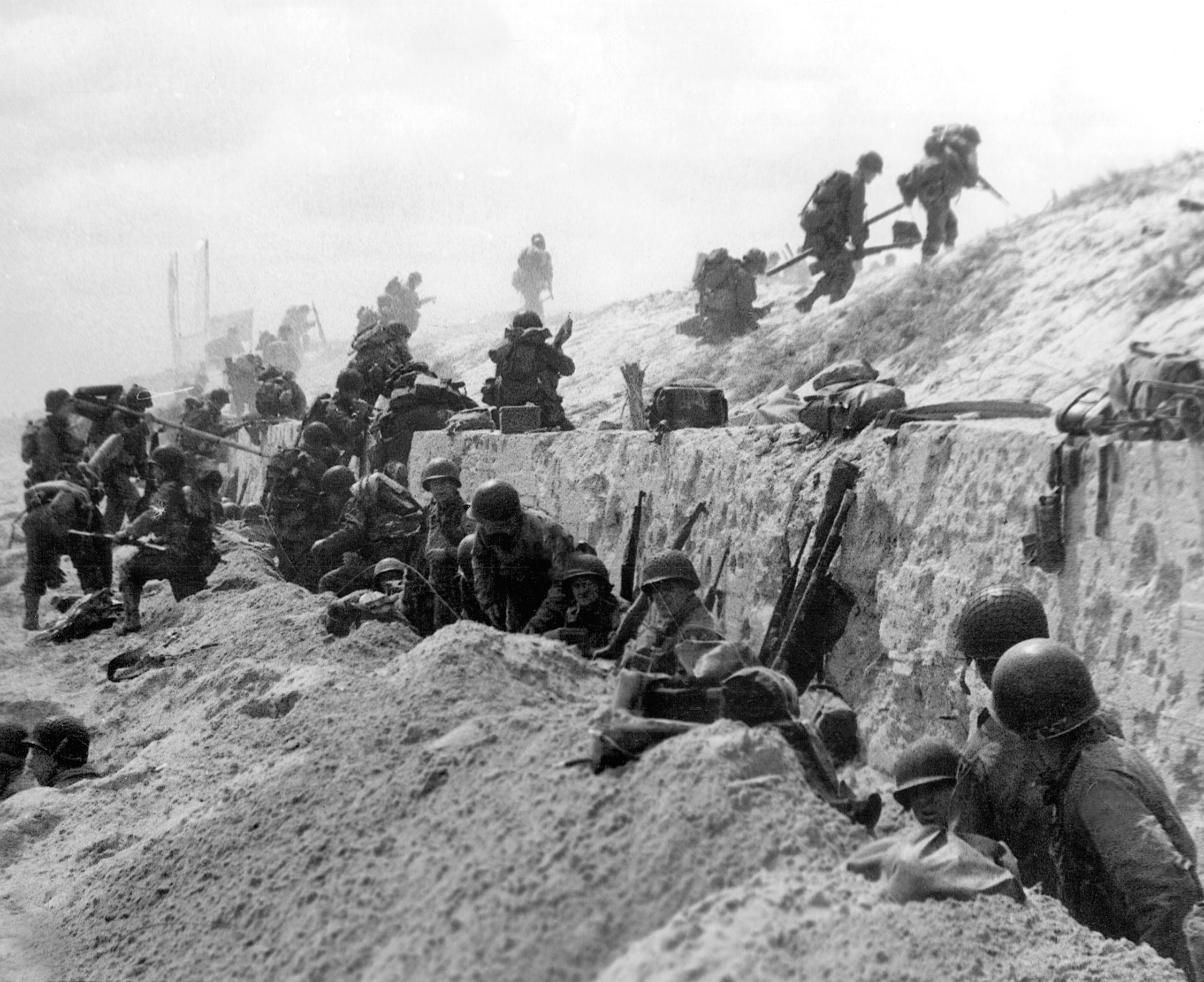
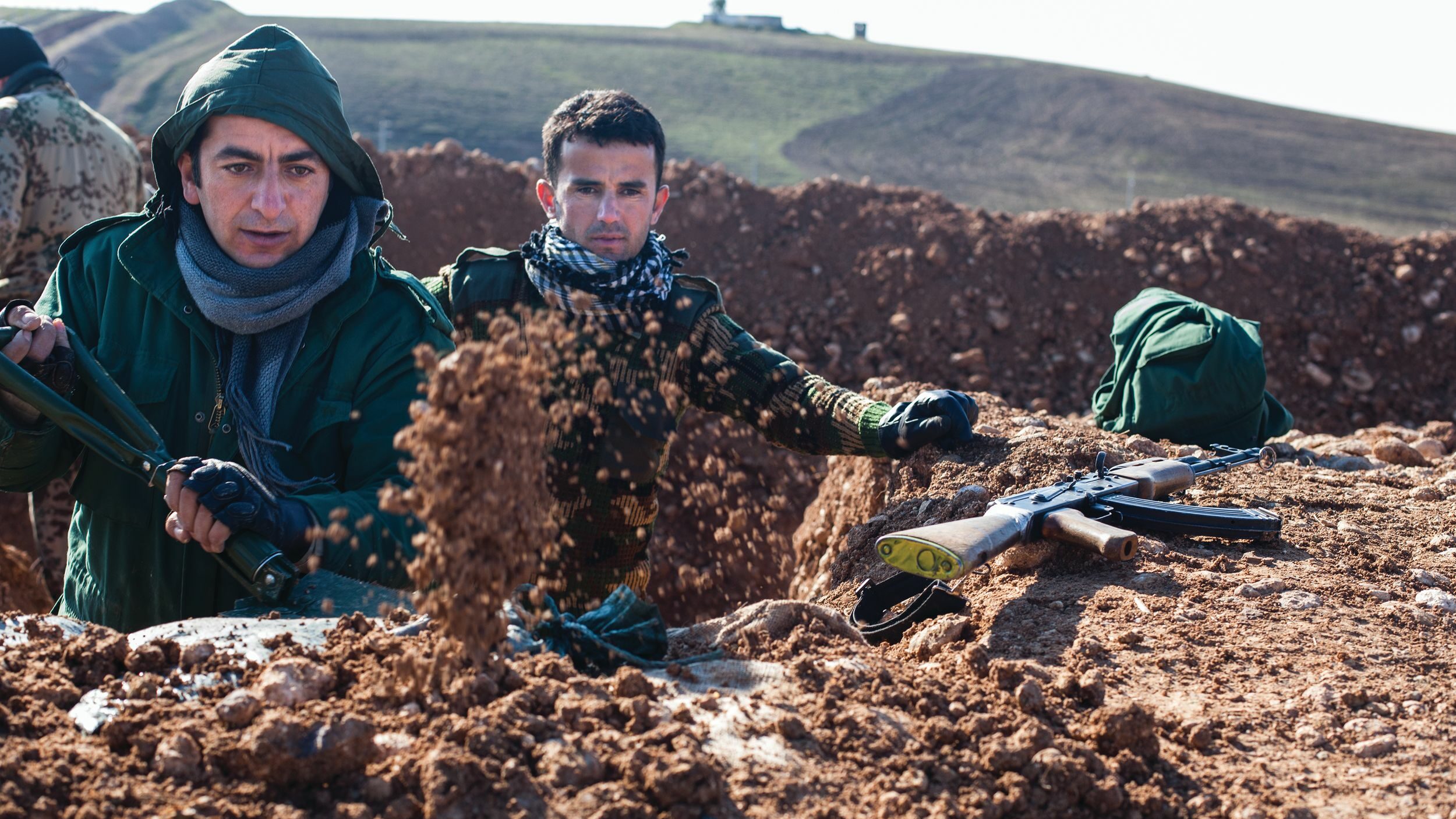
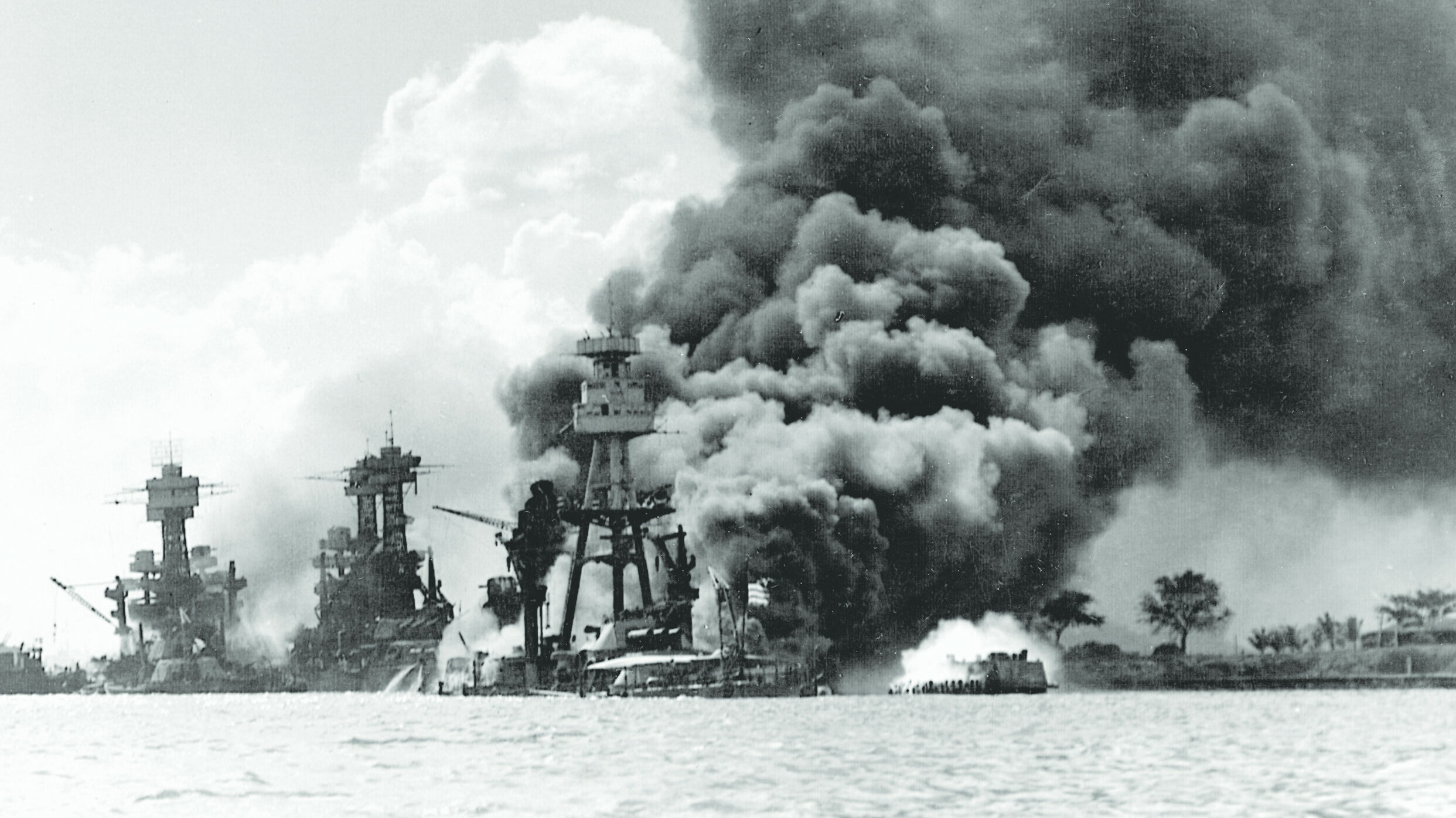
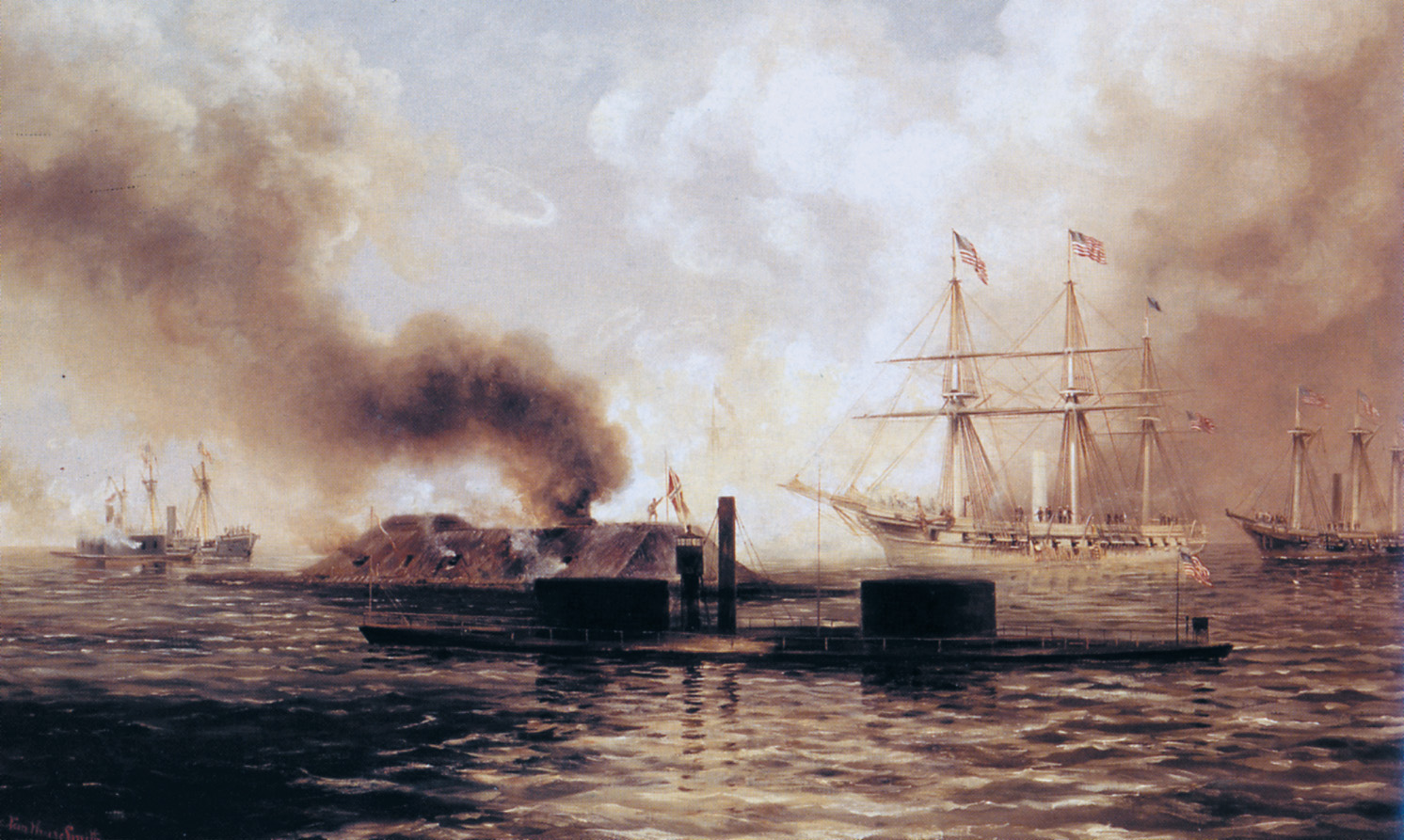
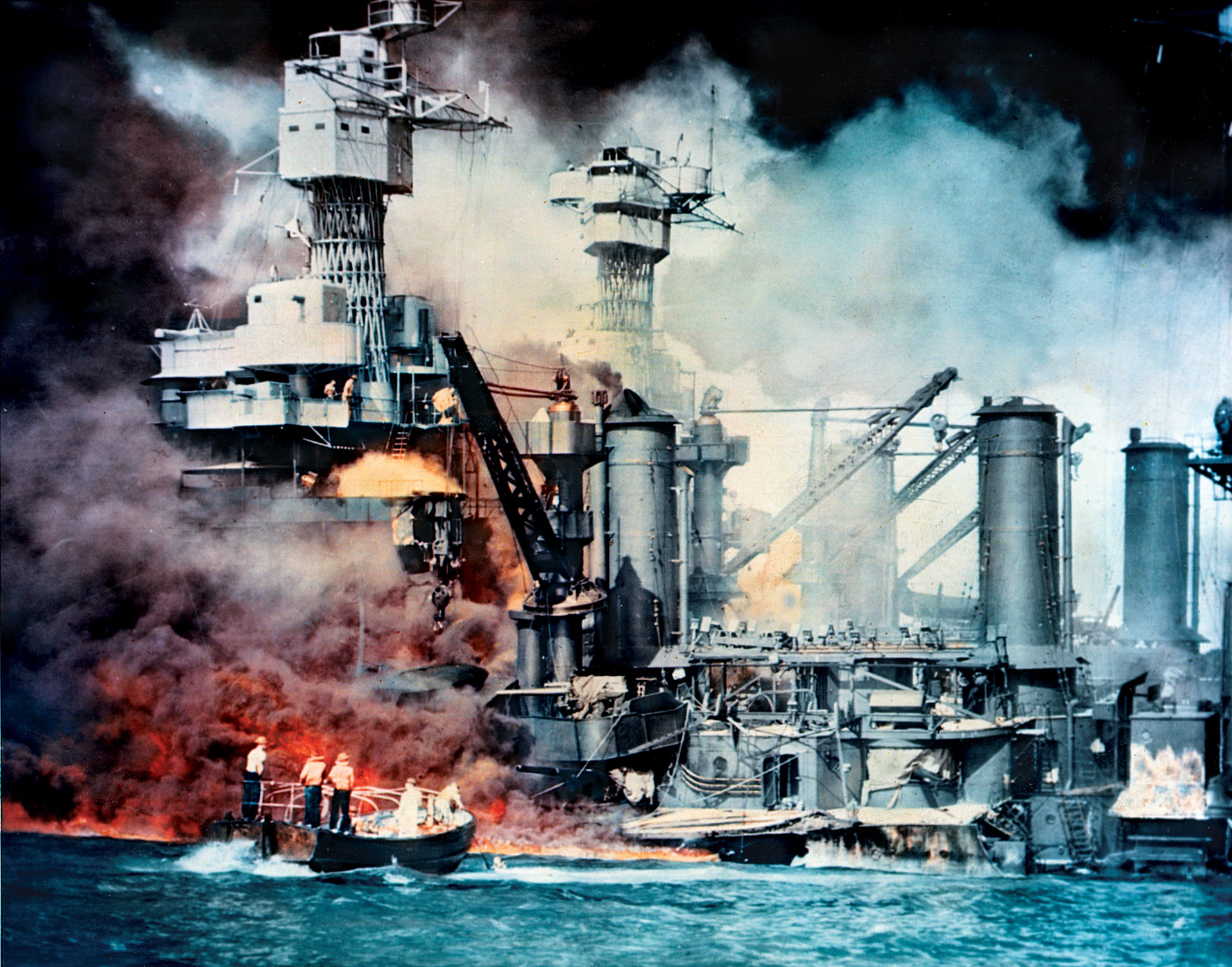
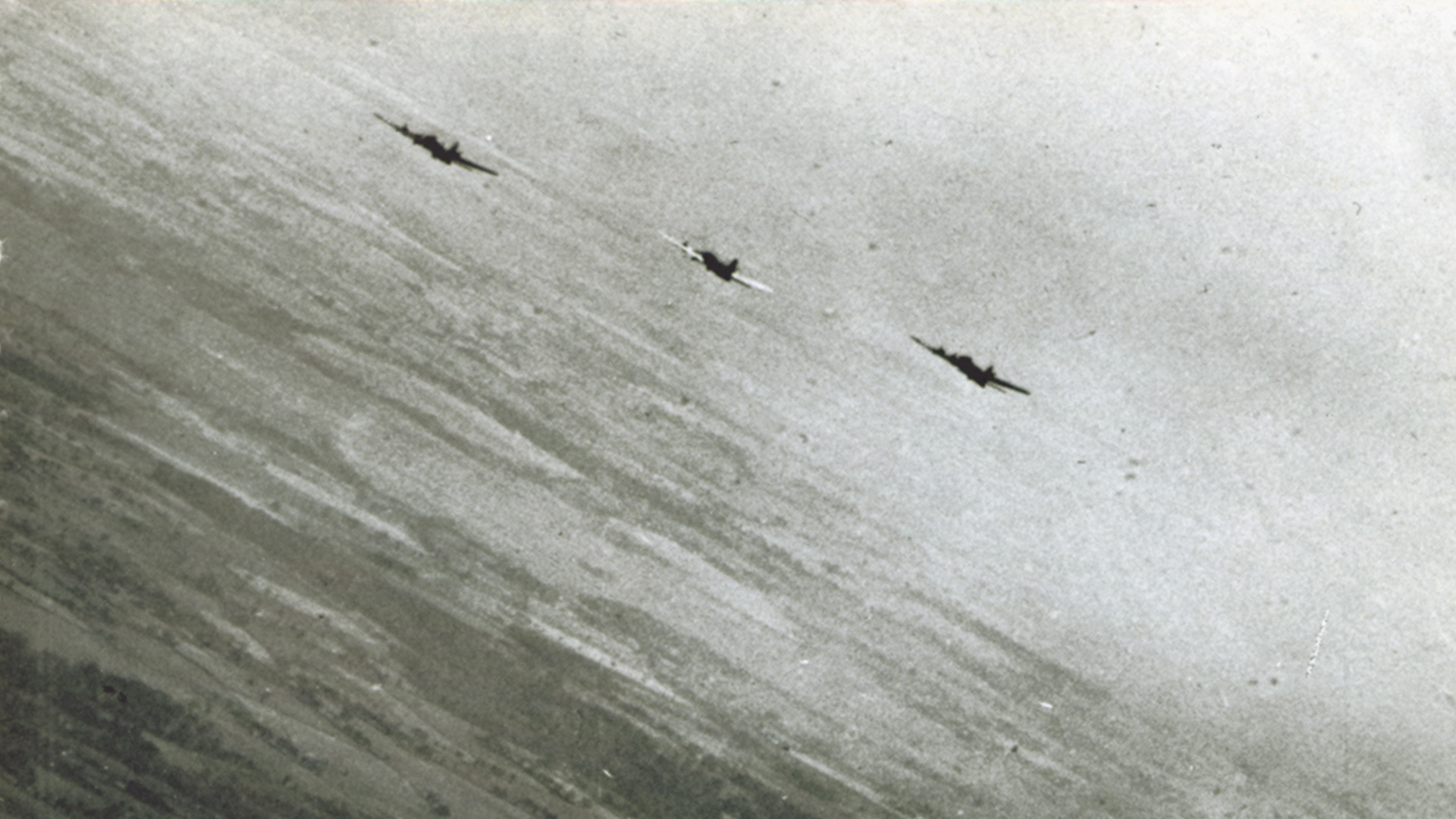
Join The Conversation
Comments
View All Comments